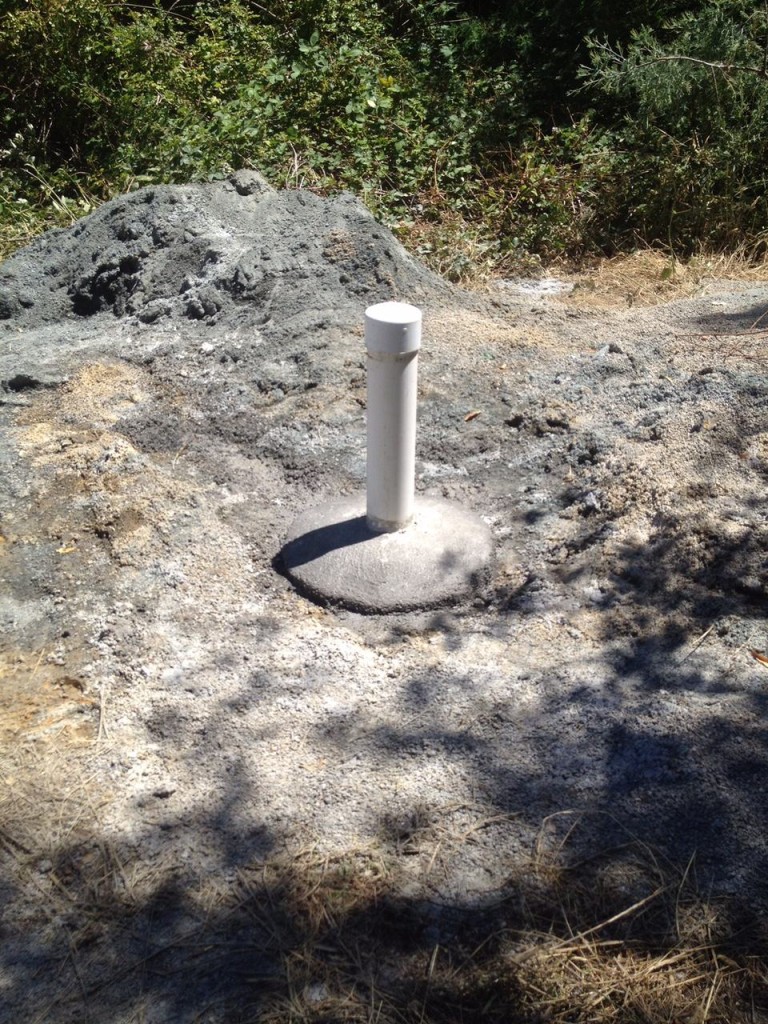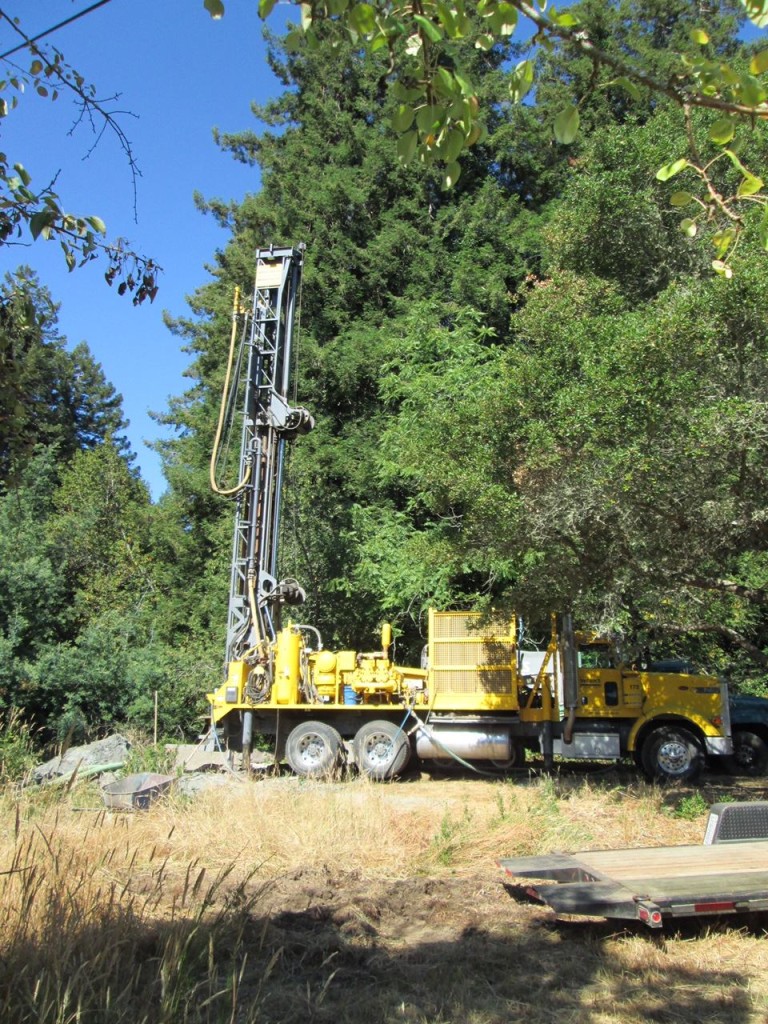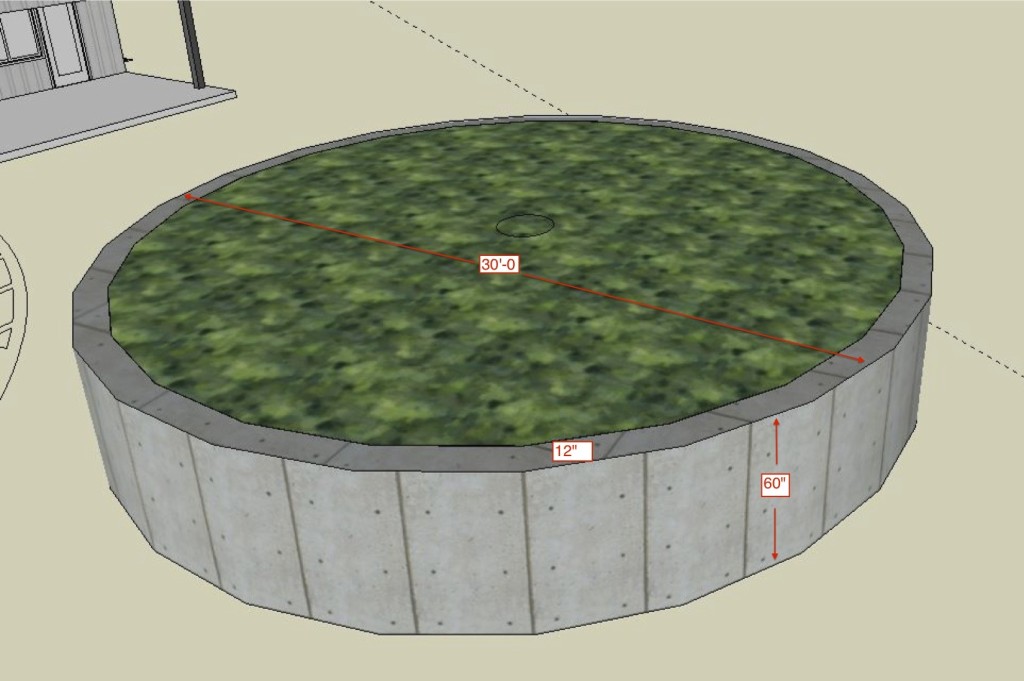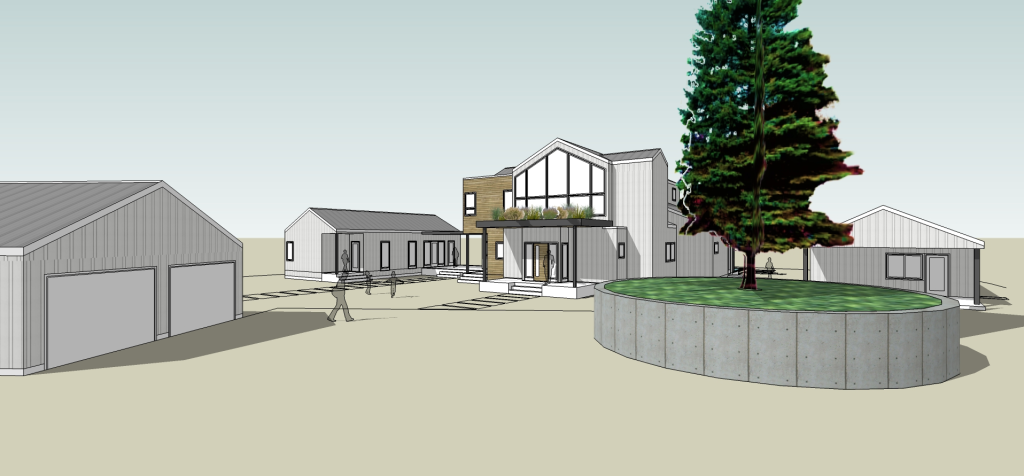Keeping with the easy definition of “real world” being “math someone needed to do at their job” – I actually prefer the term “industry math”, but regardless here’s the question that needed to be answered:
My wife’s working on a project where they are building a house on a property without a well or access to city water. So they dug a 425ft well that was 8 inch in diameter. When they finished the dig at 3:00 pm it was completely dry. The next day, at 7:00 am, the well had filled with water up to 45ft below the surface.
How fast is the well filling up in gallons per minute?
They wanted 1.25 gallons per minute. Do they need to dig another well? Wells are about $50 a foot – so yeah, they would rather not dig another one.

(well finished! That’s the cap they left on it)
They used a falling rock to determine how much of the well had filled with water. Well (not the noun), they also used a cell phone connected to a string but isn’t that just too obvious?
Here’s the video of the rock drop:
Cheers!



